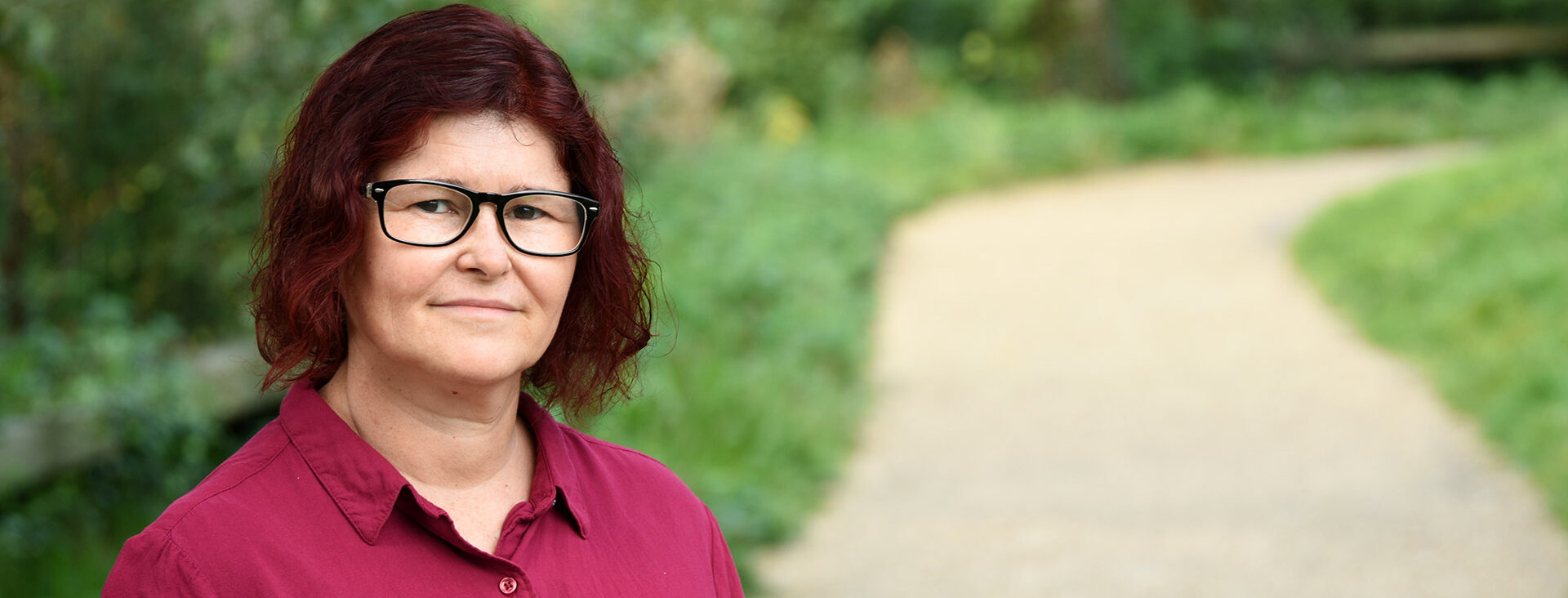Hi everyone! I have already done a couple of videos about verb patterns, and discussed the basic rules to follow for verb patterns after verbs. So why another video?
Today we are looking at three verbs that seem to follow their own rules – need, stop and help.
Need
We know that after need we use to + infinitive. But that is for an active sentence: “I need to go to the toilet.“ We can’t say “I need going to the toilet.”
However, it is very common to make need passive. We do this when we don’t want to say who needs to do something, or it’s not important. We just want to emphasise that the action should happen. In this case we use need to be + the past participle.
I think we need an example – which can be found in the video.
Also in the lesson, I talk about the -ing verb in the passive instead of to be. It’s not so difficult, but make sure to watch!
Stop
Stop can be followed by a gerund (-ing) or an infinitive, but they show different things.
Stop + gerund – when you stop an activity. It might be in the past, for example: “I stopped smoking last year.” It’s something I don’t do anymore.
Or use it as an imperative: “Stop playing that game and do your homework!”
The negative is used for if you can’t stop or shouldn’t stop doing something. Examples are in the video!
Help
We can use to + infinitive after help: “Can you help to wash the dishes?”
But it is equally correct to leave out “to” and use the bare infinitive. “Can you help wash the dishes?”
The second is more commonly used and sounds more natural. It’s purely a matter of choice.
You can use an object pronoun after help, and the same rules apply. Make sure to watch the video for examples – as well as when we can use help in the -ing form.
As always, comments can be left under the video on YouTube.
Until next time!


